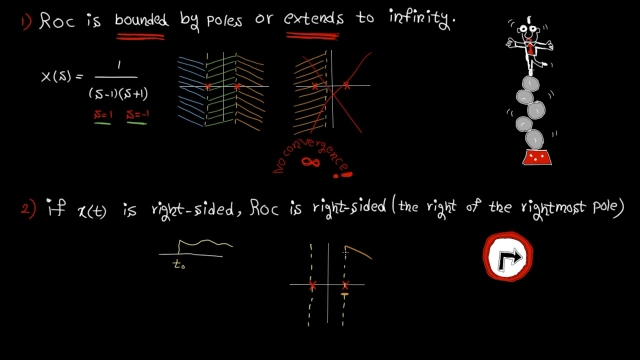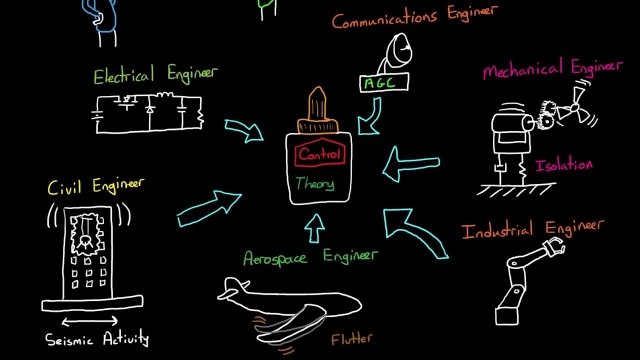
Peter Ponders PID - Cascade Control Part2
The inner loop pole locations and gains are calculated first so the inner loop pole locations are determined by the user. The outer loop poles are still pla...
See MoreDiscrete control #1: Introduction and overview
So far I have only addressed designing control systems using the frequency domain, and only with continuous systems. That is, we’ve been working in the S domain with transfer functions. We...
See MoreDirect Synthesis Method Numerator Dynamics Problem
I walk through how to design a PID feedback controller when given a second order process with numerator dynamics, using the Direct Synthesis Method.
See MoreOverview of Dempster-Shafer Theory (Evidence Theory)
This is an overview of Dempster-Shafer Theory (Evidence Theory) that provides an introduction, definition, basic information about combination rules, some issues with the theory, and the...
See MoreSOPDT Sliding Mode Control ( SMC ) with Smith Predictor
Control Bootcamp: Benefits of Feedback on Cruise Control Example (Part 2)
Here we investigate the benefits of feedback for systems with uncertain dynamics and disturbances, as illustrated on a cruise control example. (Part 2)
See MoreControl Systems in Practice, Part 6: What Are Non-Minimum Phase Systems?
We like to categorize transfer functions into groups and label them because it helps us understand how a particular system will behave simply by knowing the group that it’s part of. We gain...
See MorePredicting Second Order Transfer Function Behavior
Given a second order transfer function, I'll cover how we can predict the system behavior and derive the appropriate time constants and damping coefficient.
See MoreTikZ source Code: An interconnection of MIMO subsystems
TikZ source Code: An interconnection of MIMO subsystems
See MoreIntroduction to the Fourier Transform (Part 1)
This video is an introduction to the Fourier Transform. I try to give a little bit of background into what the transform does and then I go step by step through explaining the Inverse...
See MoreStandard 2nd Order ODEs: Natural Frequency and Damping Ratio
In this video we discuss writing 2nd order ODEs in standard form xdd(t)+2*zeta*wn*xd(t)+wn^2*x(t)where zeta = damping ratio wn = natural ...
See MoreTikZ source Code: Switching Smooth Filippov
TikZ source Code: Switching Smooth Filippov
See MoreLecture 24: Stability using Bode plots
Euler Angles and the Euler Rotation Sequence
In this video we discuss how Euler angles are used to define the relative orientation of one coordinate frame to another.Topics and Timestamps:0:00 – Introd...
See MoreSetting Up Your Radio Connection - dRehmFlight VTOL
This video will show you how to set up your radio to work with dRehmFlight VTOL. The code supports PWM, PPM, and SBUS type receivers, allowing you to connect and use 6 channels within the...
See MoreLecture 27: Lead Compensator Design using Bode plots
Understanding The Sensitivity Function
In this video I explain the sensitivity function and try to demystify the equation used to solve for the nominal sensitivity peak. Sensitivity describes how much process variations affect...
See MoreUsing ‘minreal’ in Matlab to Perform Transfer Function Pole/Zero Cancellatio...
In this tutorial we look at using the ‘minreal’ function in Matlab to perform pole/zero cancellation from transfer functions.Topics and time stamps:(0:10) – ...
See MoreControl Systems Lectures - Transfer Functions
This lecture describes transfer functions and how they are used to simplify modeling of dynamic systems.
See MoreLecture 8: More on Transfer Functions
Relationship Between Poles and Performance of a Dynamic System
In this video we establish the relationship between pole locations and associated performance of a dynamic system. This relationship is useful to translate ...
See MoreApollo's Flight Computer: Epitome of Engineering
The Apollo missions' success can be vastly accredited to the success of building a robust, one-of-a-kind flight computer for its guidance, navigation and control. Follow this video to...
See MoreRandomized SVD Code [Python]
This video describes the randomized singular value decomposition (rSVD) (Python code).
See MoreLaplace domain – tutorial 2: Region of Convergence (ROC)
In this video, we learn five golden rules on how to quickly find the Region of Convergence (ROC) of Laplace transform. Learn Signal Processing 101 in 31 lect...
See MoreWhy Learn Control Theory
In this video I present a few reasons why learning control theory is important and try to give some motivation to continue learning.
See More
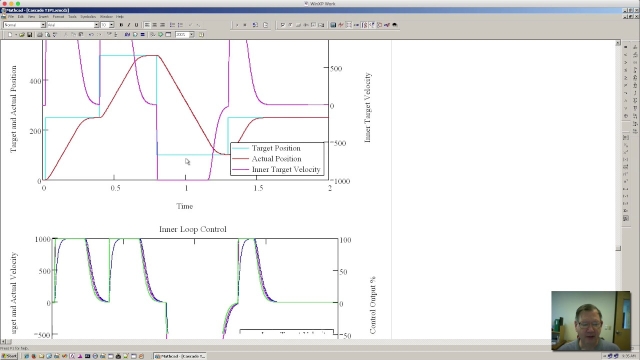
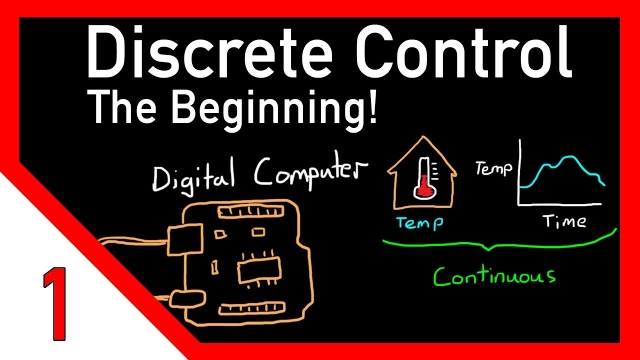
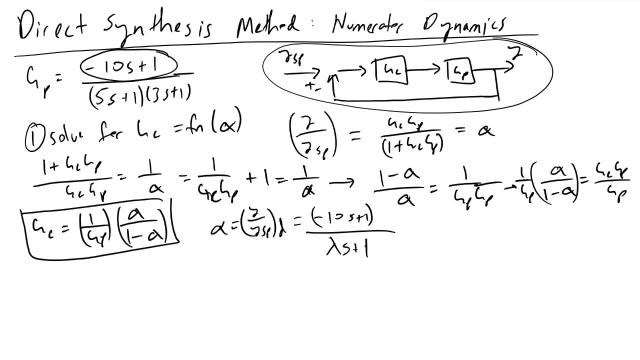

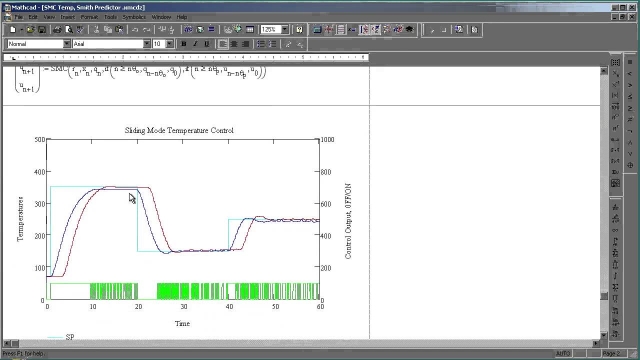
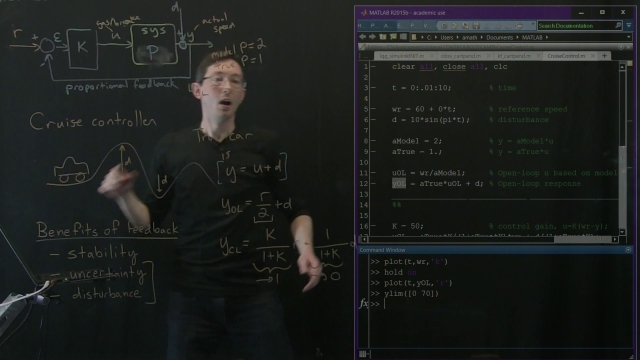
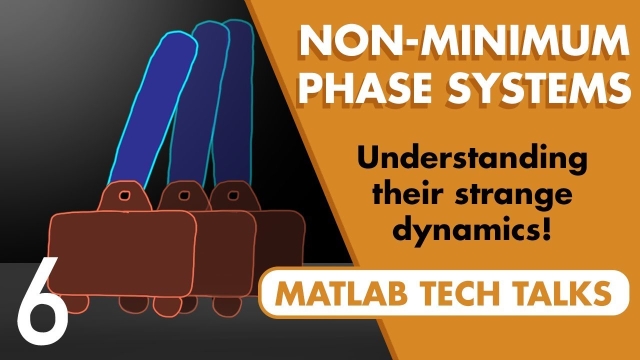
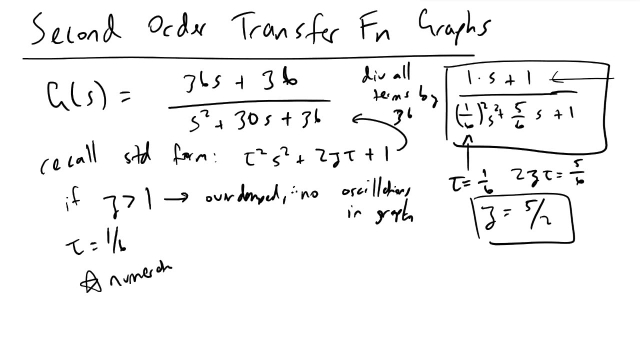
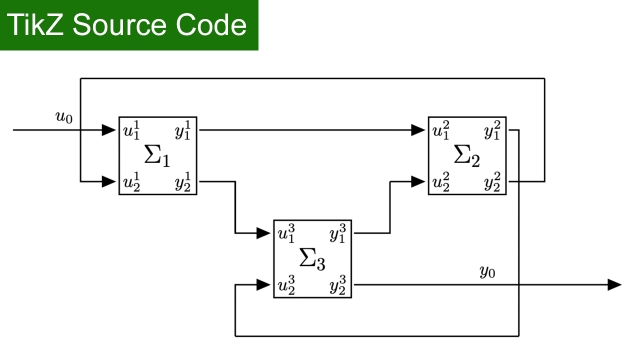
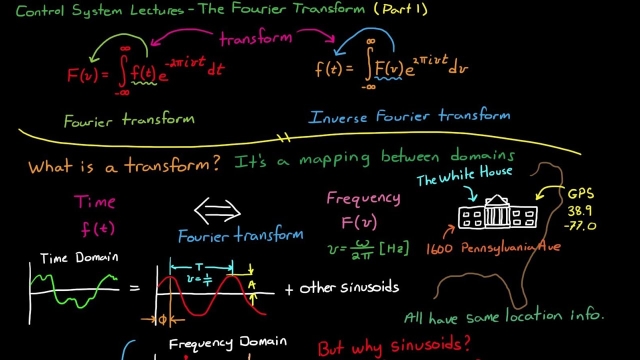
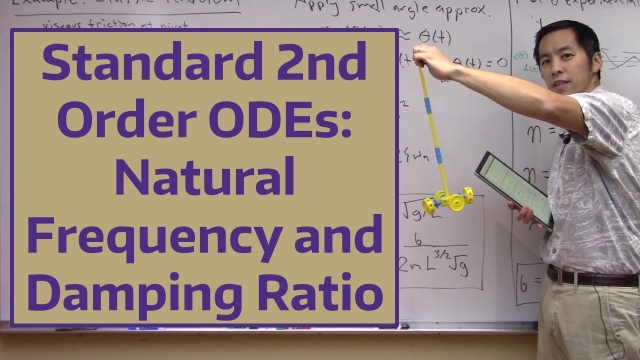
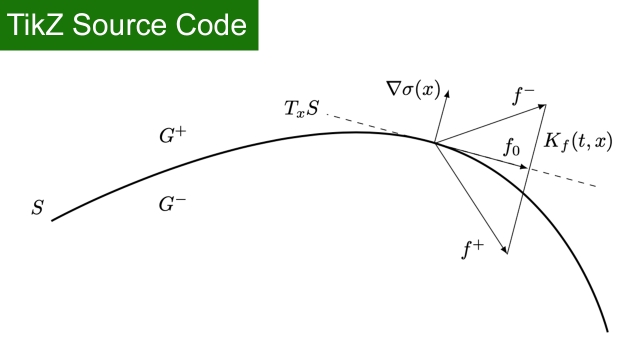
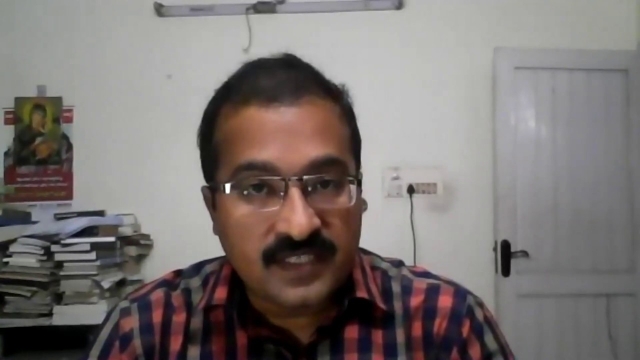
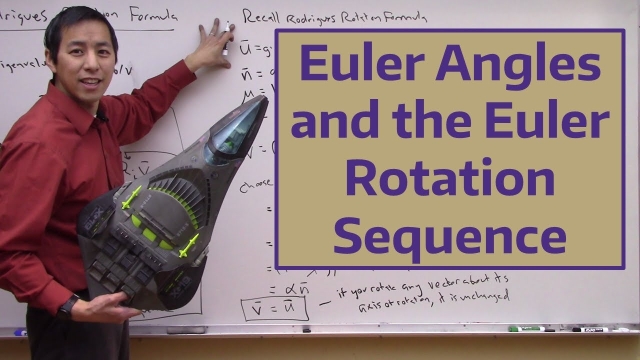
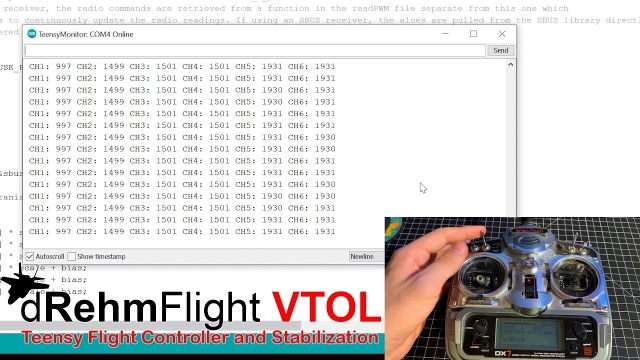

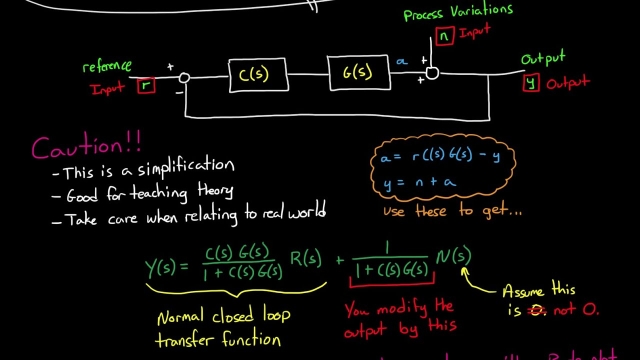
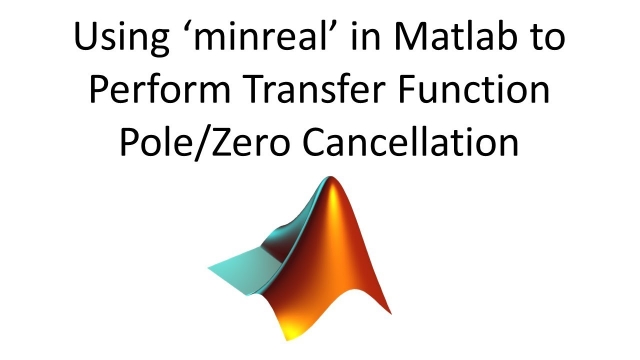
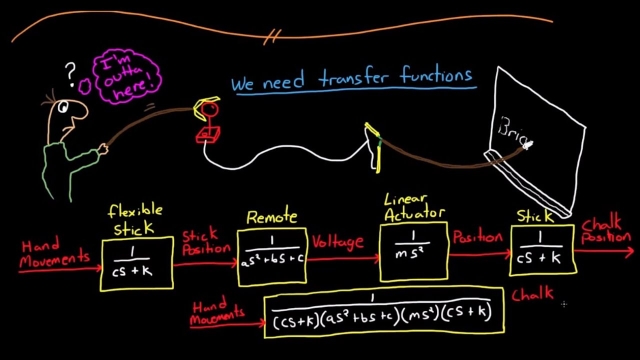
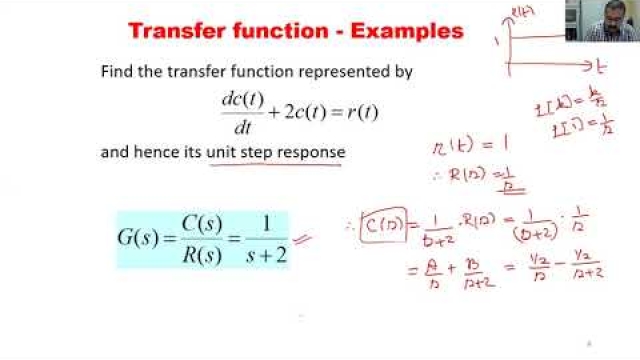
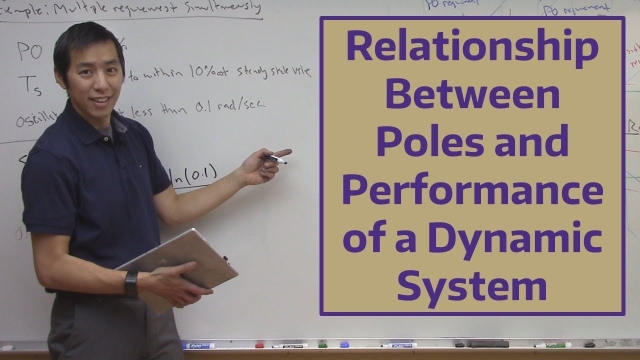
![Randomized SVD Code [Python]](/sites/default/files/styles/search_resulkts/public/2020-12/maxresdefault_402.jpg?itok=pmR7mX3g)
